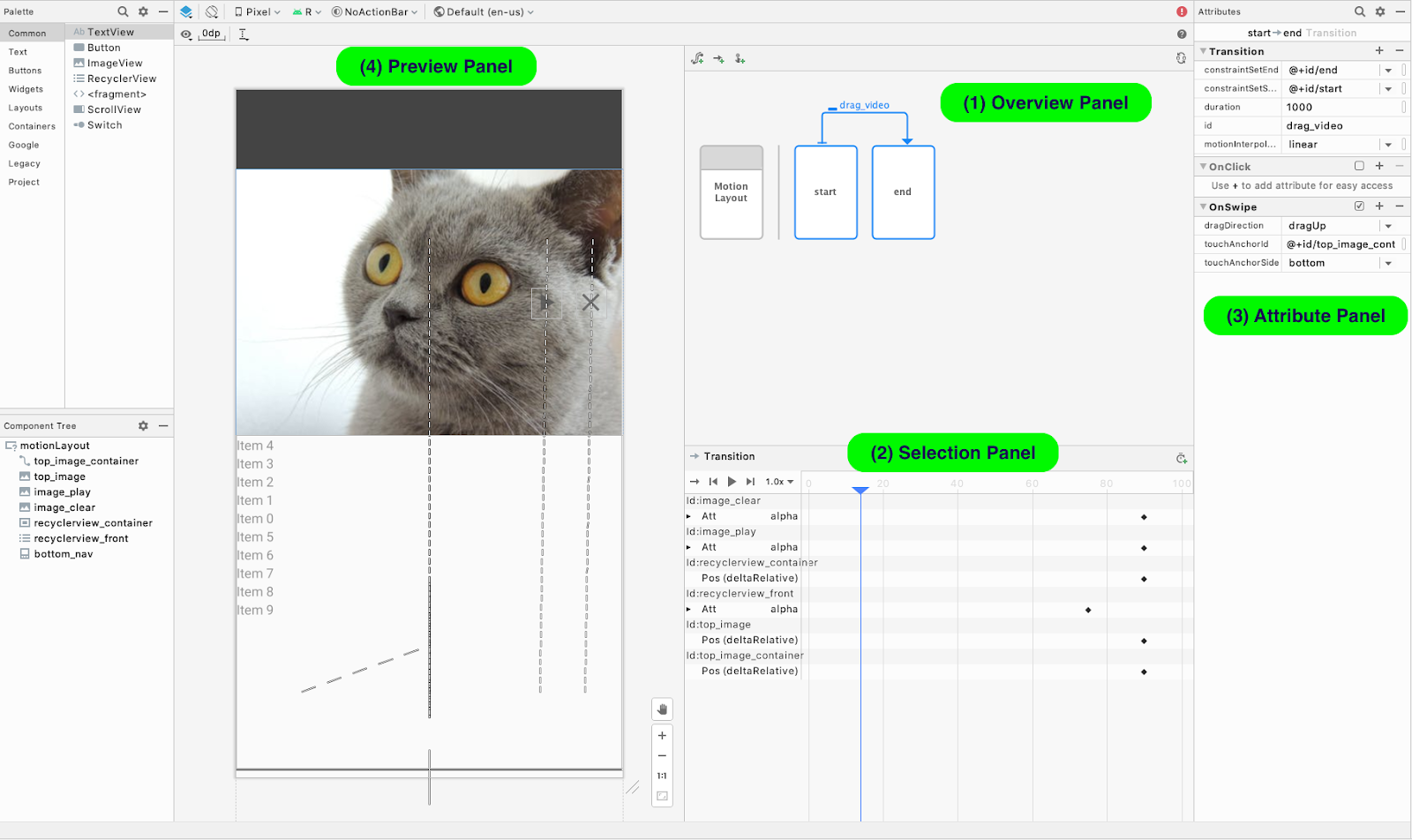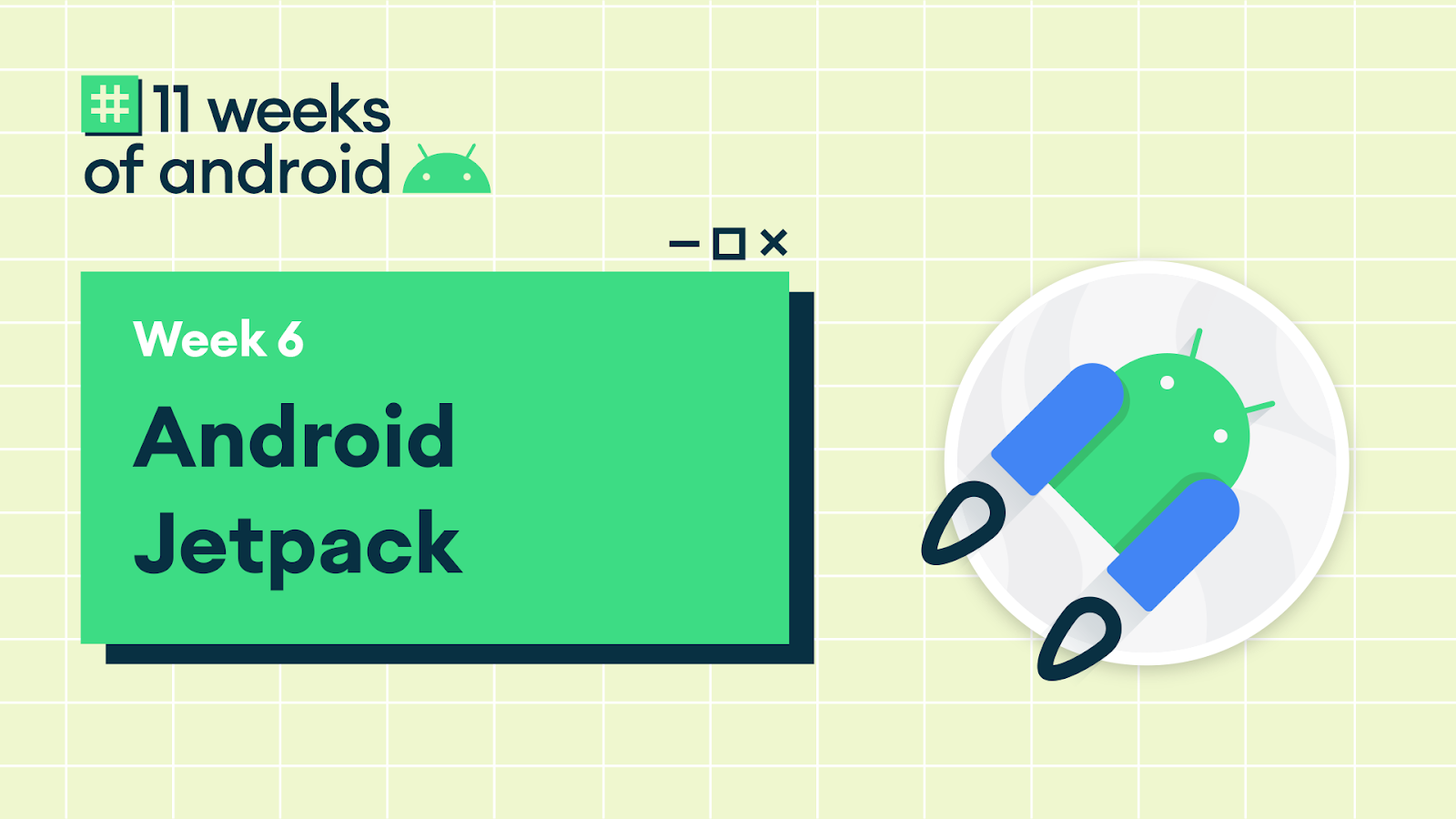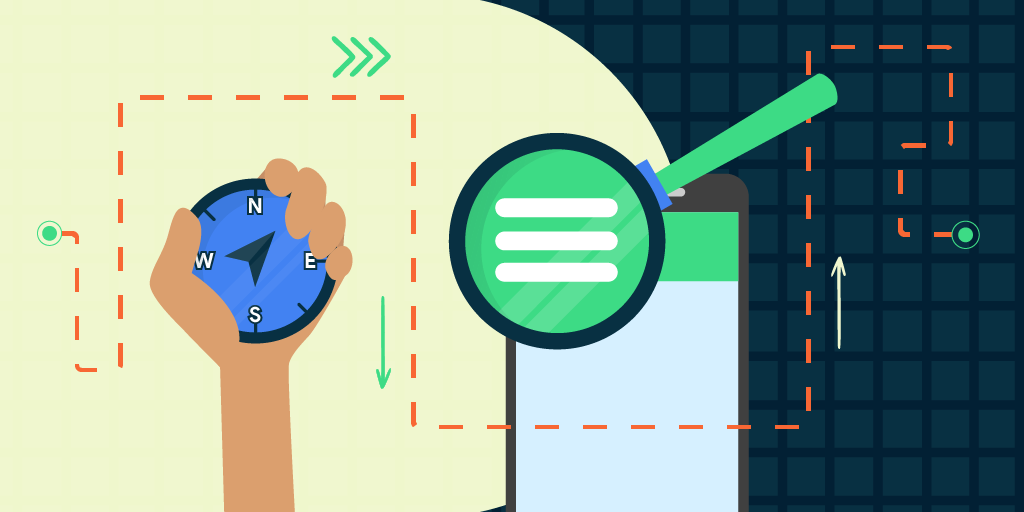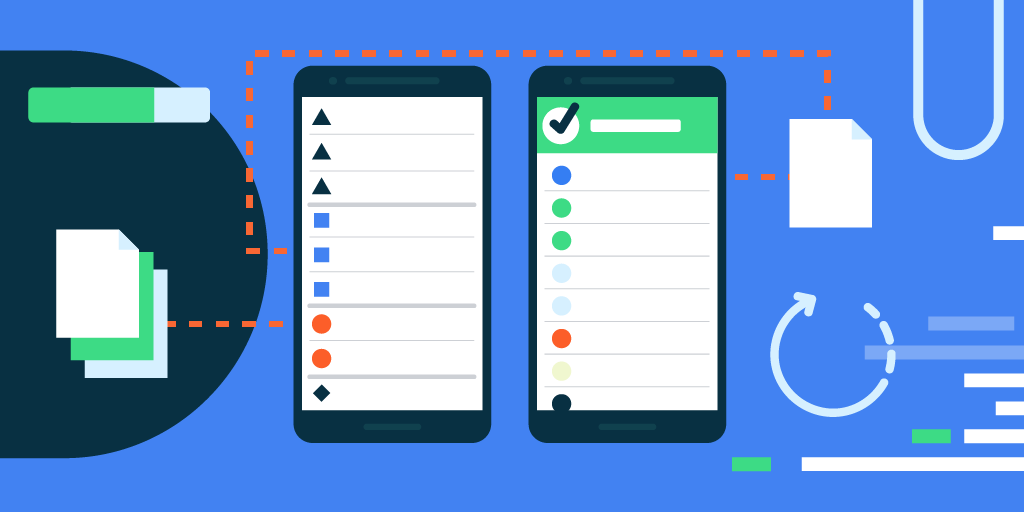11 Weeks of Android: Android Developer Tools
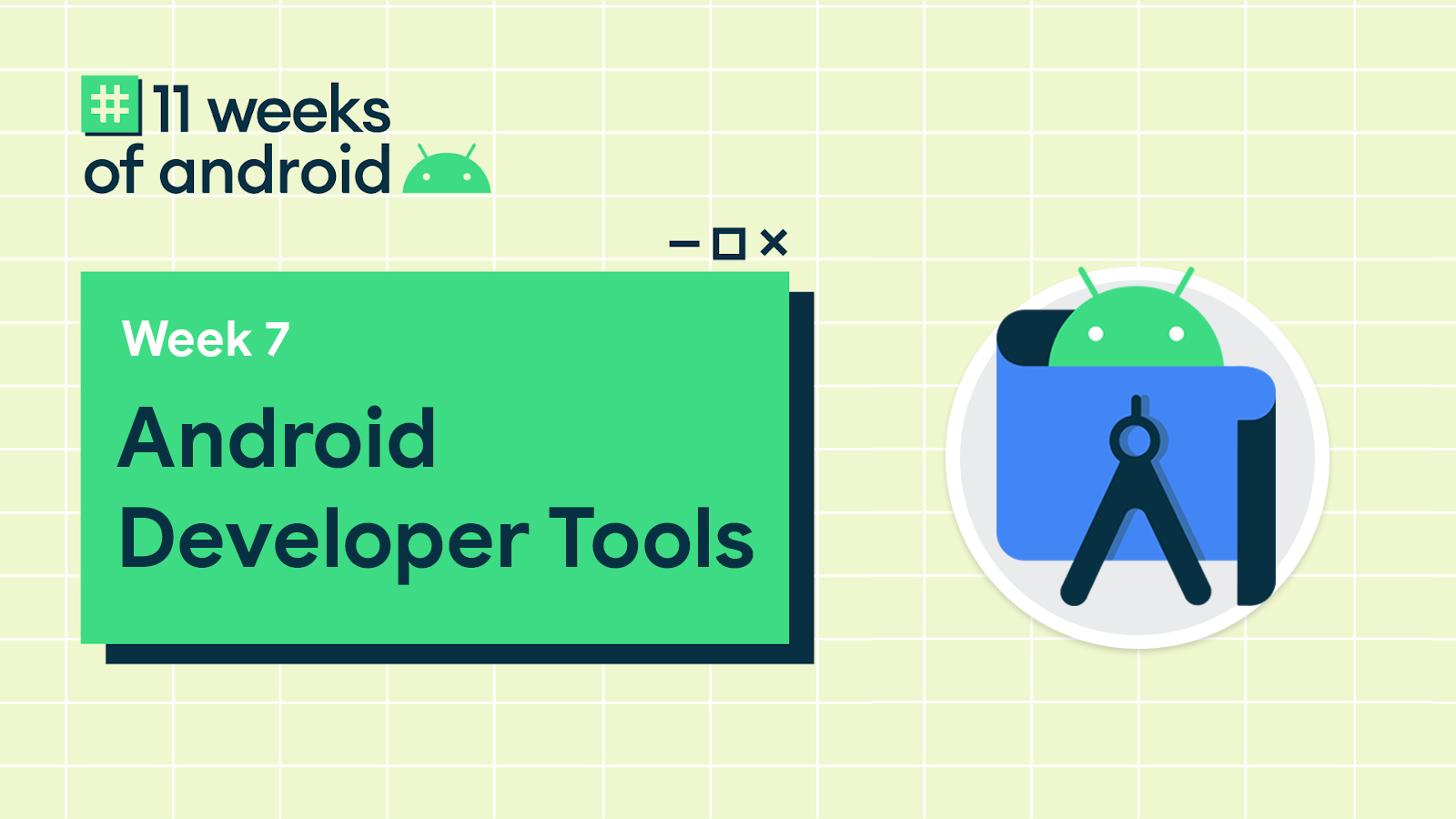
Posted by Jamal Eason , Product Manager, Android This blog post is part of a weekly series for #11WeeksOfAndroid . For each of the #11WeeksOfAndroid , we’re diving into a key area so you don’t miss anything. This week, we spotlighted Android Developer Tools ; here’s a look at what you should know. The big news During the 11 weeks of Android, we launched a range of developer tool updates in Android Studio. As of today, you can find version 4.0 of Android Studio on the stable release channel, version 4.1 on the beta channel, and the very latest features of version 4.2 on the canary channel. The focus across each of these versions is a balance of app productivity and delivery of a high quality product that you can rely on for app development. For each day of this past week we highlighted improvements and tips in the key points of your development flow from app design, coding, deployment, build, app testing with the emulator, to app performance profiling. This blog highlights the content ...
